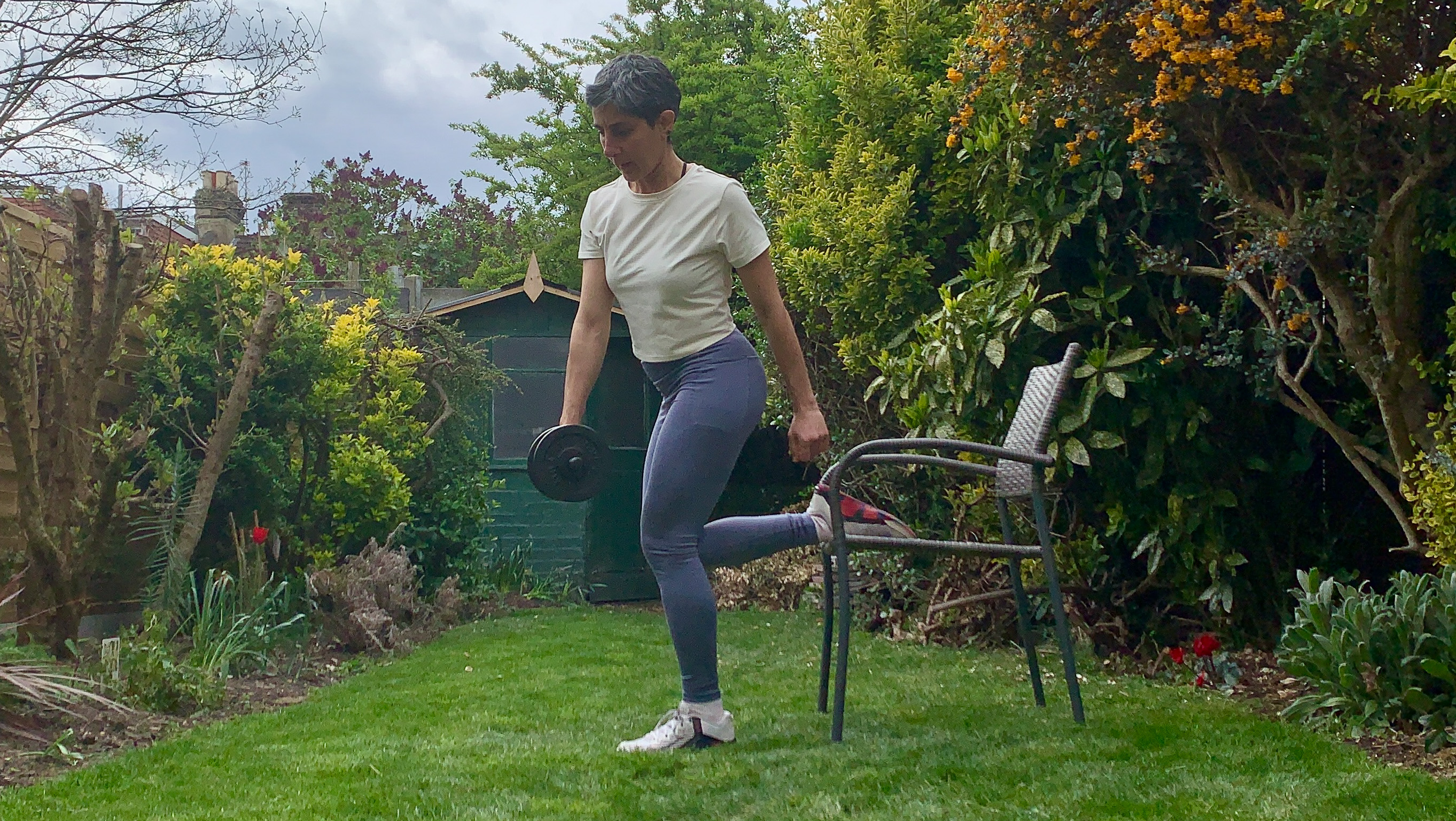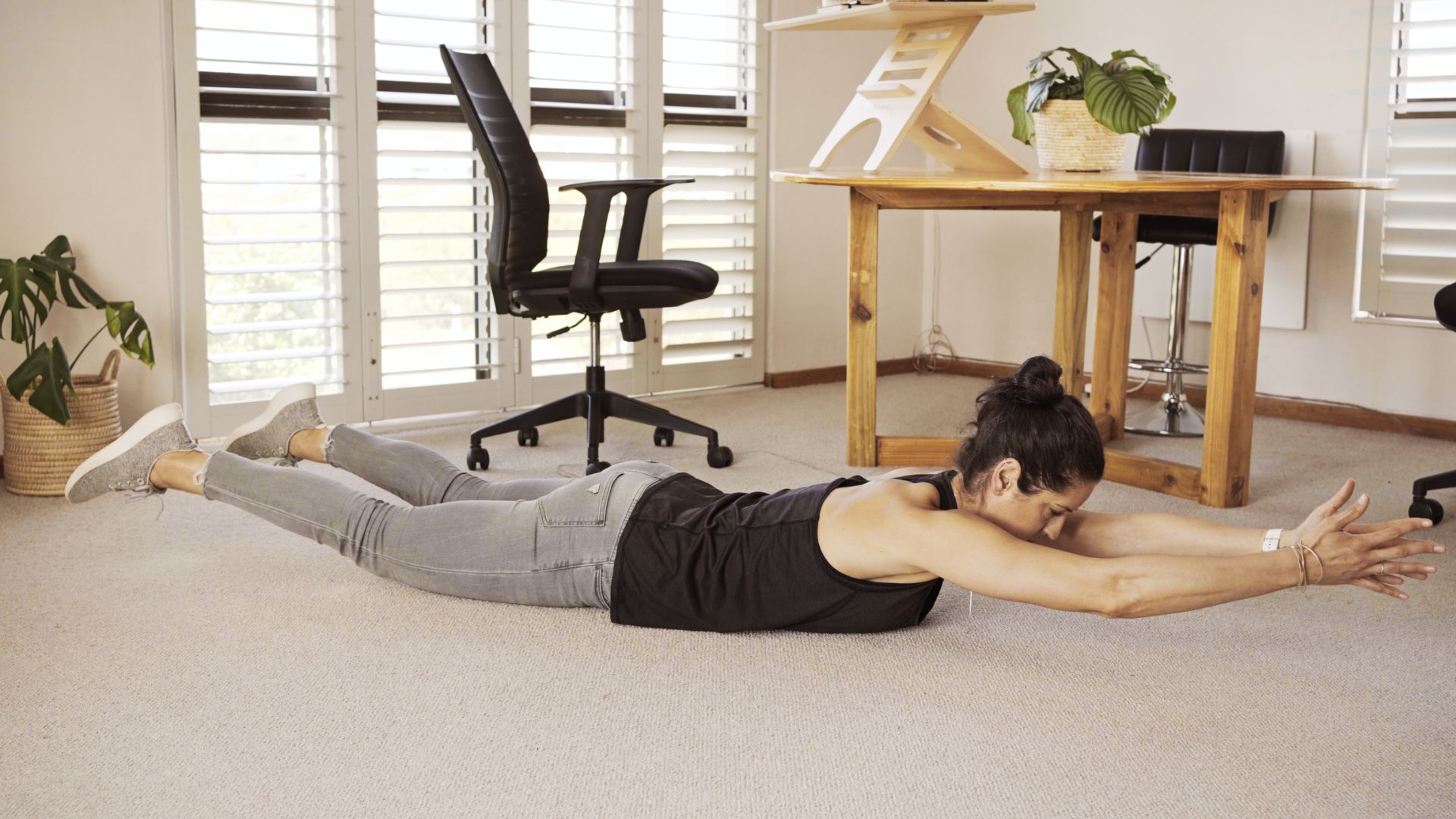A Pilates instructor reveals the five exercises people love to hate and explains how to enjoy them
Is your nemesis on the list? Try these modifications to make them more manageable, and master the moves that make you tremble

Some Pilates exercises are more pleasant to do than others. And some make your heart sink when the instructor announces it's up next—does anyone feel like knocking out a quick Pilates hundred? I thought not.
Here's the bad news: It's usually the exercises we hate doing that we need to do the most. They're the ones that really challenge us and often they're addressing a weakness—that's why they feel so hard.
By understanding what these exercises aim to do, and perhaps learning how to modify them to make things a little easier while we develop the strength required, we can get more out of them and perhaps even learn to love them—or just not hate them quite so much.
"There are several Pilates exercises that people find challenging and often don't enjoy because they find them difficult," says Millie Shiers, a Pilates instructor at Core LDN. "But I've learned that people love to work on these so they can learn to enjoy them," says Shiers. "Often these exercises go from being the most hated exercises to becoming the most loved exercises when people master them because they can appreciate the journey that it took!"
We asked Shiers to spill the beans on which are the most hated Pilates exercises in her experience, why people struggle with them, plus how to make them feel more manageable.
1. The Pilates hundred
No surprises here, top of the list is the Pilates hundred. "The hundred is a notoriously difficult exercise because it requires sustained flexion for 100 counts," says Shiers. "The majority of people don't have the abdominal strength to hold themselves in flexion for this length of time, meaning the neck muscles can take over, resulting in tension in the neck and shoulders.
"I like to teach this exercise broken up into two sets of 50 counts until my clients can sustain the full 100 counts without neck tension."
Get the Fit&Well Newsletter
Start your week with achievable workout ideas, health tips and wellbeing advice in your inbox.
How to do the Pilates hundred correctly
- Lie on your back with your legs in a tabletop position, so your legs are lifted and there is a 90° bend at your hips and knees.
- Engage your core by drawing your belly button towards your spine, then simultaneously lift your head, chest and arms just off the floor, and straighten your legs so they form a 45° angle with the floor.
- Holding the position, pulse your arms up and down, breathing in for five counts and out for five counts, repeating until you have done 100 counts in total.
You can modify the hundred by keeping your legs in tabletop, which reduces the load on your abdominals, until you have the strength to hold straightened legs.
2. The teaser
This advanced Pilates exercise certainly looks impressive, and it requires a great deal of strength and balance to perform. Most of us can only dream of holding the teaser for more than a couple of seconds at a time.
"The Pilates teaser is known as one of the hardest exercises in the Pilates repertoire and there are multiple variations that are all challenging in different ways," says Shiers. "This exercise requires so much abdominal strength in both the upper and lower abs to support the weight of your legs and simultaneously articulate up and down through your spine. Lots of my clients now love the once-hated teaser because they feel proud that they're able to do it!"
How to do the Pilates teaser correctly
- Lie on your back with your legs in a tabletop position, so your legs are lifted and there is a 90° bend at your hips and knees, and your arms extended straight up.
- Straighten your legs so they form a 45° angle with the floor, and lift your head and chest as you sweep your arms down so they are parallel with your legs.
- In the finished position you should be balancing on your sit bones with your arms and legs reaching forward, and your spine straight.
- Pause, then round your spine into a C-shape and slowly articulate your spine back onto the mat, while keeping your legs straight and lifted.
"My top tip is to squeeze your legs together to increase abdominal connection," says Shiers. "To work up to doing a full teaser, first practice the teaser prep exercise where you keep your legs in tabletop. Balance on your sit bones and roll as far back as you can manage, then come back up into a flat back position."
3. The side bend
"The side bend is another challenging exercise that puts a lot of load on one side of the body," says Shiers. "Again, people tend to find this difficult when they don't have enough strength to hold a side bend and so they often feel this exercise too much in their shoulder. I teach clients to use their whole body to help with this. For example, it is important to use your waist to lift, rather than relying solely on the shoulder."
How to do the Pilates side bend correctly
- Sit sideways on the mat with your knees slightly bent, your weight on your right hip and your right hand on the mat with your fingers pointing towards the end of your mat.
- Make sure your feet, hips and hand are aligned.
- Using your core, lift your hips, and raise your top arm over your head and look down towards your hand on the mat. Try to keep your body in a flat plane.
"To make this easier, keep your bottom leg bent on the mat for extra support," says Shiers.
4. The shoulder bridge
You may think this one isn't so hard, but are you doing it properly? "The shoulder bridge is a love/hate exercise for a lot of people and that is because it is deceptively difficult when done correctly," says Shiers. "You can really feel every muscle working when the form is correct, from the glutes, hamstrings and inner thighs to the abdominals and arms—it is a full-body exercise!"
How to do the Pilates shoulder bridge correctly
- Lie on your back with your feet hip-width apart and your arms pressing down on the floor by your sides.
- Slowly tilt your pelvis so that your lower back presses into the mat.
- Press into your feet and arms, and articulate your spine off the mat until you are resting on your shoulders.
- Avoid putting strain on your back by ensuring that your ribs are always lower than your hips.
- Slowly reverse the move to the start.
"To make sure you get the most out of this exercise, think of tilting your pubic bone towards your nose to engage the glutes, imagine squeezing a small ball between your knees to engage the inner thighs, and finally think about putting pressure into your heels to engage the hamstrings," says Shiers.
5. The side-lying clam
This beginner-friendly exercise may not look like hard work from the outside, but that burn in the side of your butt tells another story. "The side-lying clam is another exercise that brings up the love/hate feeling," says Shiers. "They are amazing at isolating the glutes. They are so effective, meaning people really feel the burn."
Many of us have weak glutes because we spend so much time in a sitting position in our daily lives, so that's why this exercise feels so hard, but it's also why it's worth doing. Strong glutes mean better stability when standing, walking and running.
How to do Pilates side-lying clams correctly
- Lie on your side with your arm outstretched and your head resting on your arm.
- Bend your knees at a right angle and ensure your feet are in line with your pelvis and shoulders.
- Keeping your feet together, lift your top knee, externally rotating your top leg to open into a clam shape
- Lower your top knee to close the clam.
- Repeat, keeping the movement slow and steady.
"To make sure you feel this exercise, as you open up your top leg, ensure that you don't rock your top hip back—keep the hips stacked," says Shiers. "Another variation option is to keep the feet elevated off the floor." You can also progress this exercise by slipping a resistance band around your thighs to make your glutes work even harder—if you've learned to enjoy that burn.
Camilla Artault is a fitness writer with a passion for running and yoga. She interviews experts and writes about a wide range of topics for Fit&Well encompassing health, fitness and nutrition.
-
 I swapped my usual core routine for this dumbbell workout—here’s why you should try it too
I swapped my usual core routine for this dumbbell workout—here’s why you should try it tooPick up some dumbbells and try my favorite deep core exercises
By Yanar Alkayat
-
 You don't need any equipment to improve your posture—just these three back-strengthening moves
You don't need any equipment to improve your posture—just these three back-strengthening movesThese three exercises will strengthen key back muscles
By Jennifer Rizzuto